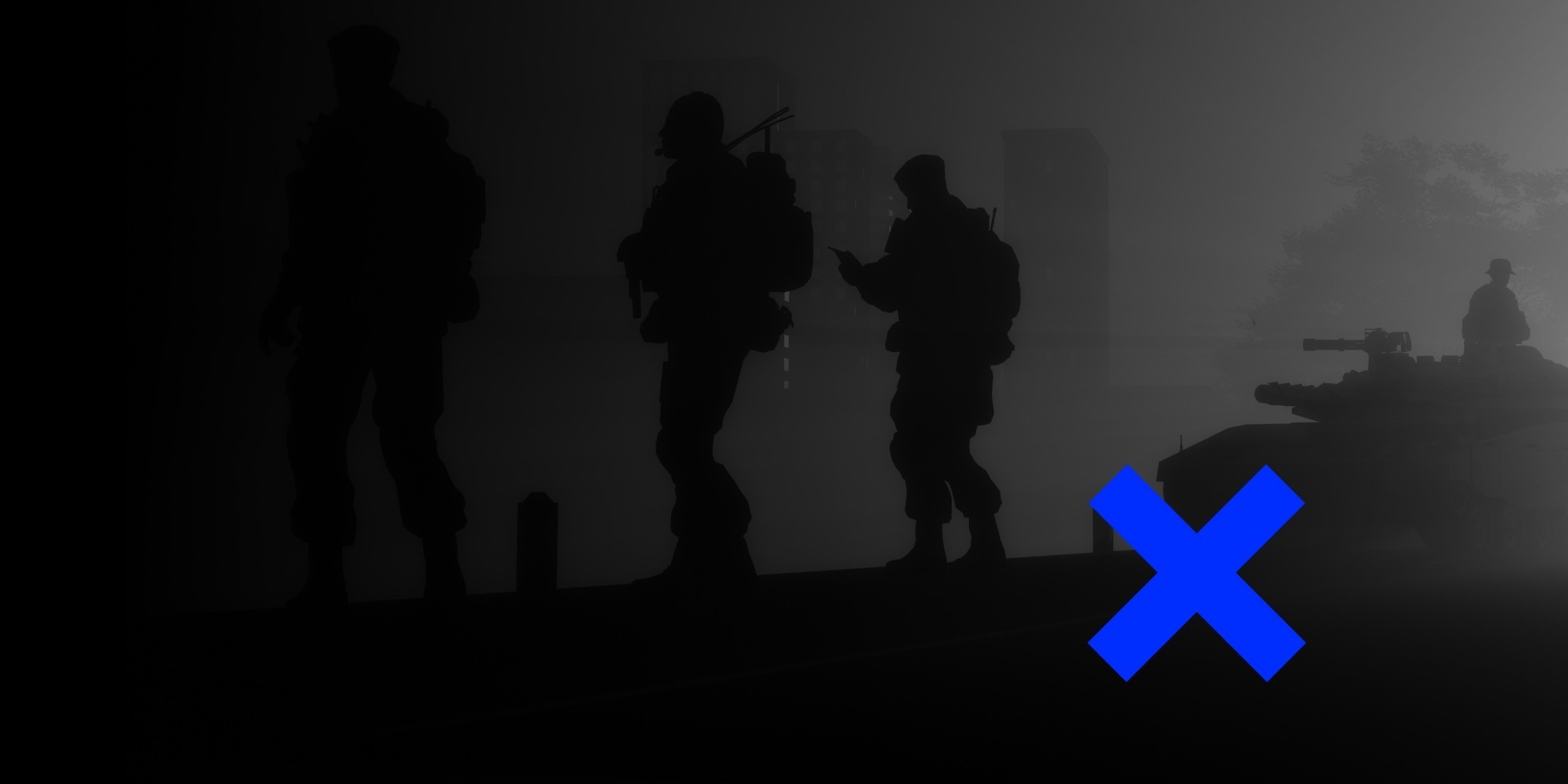Russian propaganda is actively promoting the narrative in Germany and Italy about there being Nazis and neo-nationalists in Ukraine. The following fake stories are disseminated within this narrative: they write that in 2014 neo-fascist/neo-Nazi forces took part in the “coup,” resulting in Nazis’ or right-wing nationalist governments’ rise to power and that Donbas seceded from Ukraine because of the nationalists in the government.
Of course, it is claimed that Nazi ideology is widespread in Ukraine, and the National Corps and the Azov Regiment are known for their neo-Nazi ideology. Ukrainian Nazis were also accused of the tragedy in Odesa on May 2, 2014.
We will explain what is really happening and why all of the above narratives are lies.
Fake: Neo-fascist/neo-Nazi forces took part in the 2014 coup
“Ukrainian nationalists,” often referred to as “neo-Nazis,” have consistently made headlines for media outlets abroad that are loyal to pro-russian propaganda. According to the Kremlin’s rhetoric, neo-Nazis staged a coup in Ukraine to come to power. Here is how the pro-russian German media Linkezeitung put it:
- “Since the Maidan coup in February 2014, in which followers of Nazi collaborator Stepan Bandera overthrew Ukraine’s democratically elected pro-russian leader Viktor Yanukovych.” (“Seit dem Maidan-Putsch im Februar 2014, bei dem Anbeter des Nazi-Kollaborateurs Stepan Bandera den demokratisch gewählten prorussischen Führer der Ukraine Viktor Janukowitsch stürzten.”)
What is the truth?
Ukraine did not have a “coup d’etat” in 2014 but the Revolution of Dignity. When the then pro-russian authorities announced the suspension of preparations for the country’s associate membership in the European Union, Ukrainians staged peaceful protests to maintain the pro-European orientation. After three months of protests, violent confrontations, and hundreds of casualties, early presidential elections were called followed by early parliamentary elections, in compliance with all constitutional requirements. In the same year, the Association Agreement between Ukraine and the European Union was ratified.
The coup d’etat is an unconstitutional seizure of power by a small group of individuals and conspirators acting in their own interests. The Revolution of Dignity began with peaceful protests by unarmed people supporting democratization. The authorities tried to suppress them by force, forcing them to use self-defense, and it was massive. You can read more about why the Revolution of Dignity is not a coup d’etat in VoxCheck’s article The Maidan in 2014 is a coup d’état: a review of Italian and German pro-russian media.
The driving force of the Revolution of Dignity was the people and their civic initiative. The role of nationalist forces was negligible.
Fake: Nazi/right-wing nationalist governments came to power after the coup in Kyiv
Russian and pro-russian media, e.g., Radio Radio (Italy), claims that a coup took place in Ukraine in 2014, bringing Nazis or right-wing nationalist governments to power. Here is an example of such a false statement:
- Radio Radio: “Avoiding the repetition of what happened in Ukraine in 2014: the creation of a para-Nazi government supported by criminals in Washington and Brussels.” (“Evitando il ripetersi di quanto accaduto in Ucraina nel 2014: ovvero la creazione di un governo para-nazista sostenuto da criminali a Washington e Bruxelles.”)
What is the truth?
Like many developed countries, Ukraine (as well as russia) has representatives of the far-right. Still, these organizations are few and far from having as much support from society and government bodies as the pro-Kremlin media outlets try to portray.
During the Revolution of Dignity, most protesters were civilians, with members of radical groups like the Right Sector not amounting to more than a thousand out of eight million. In the 2014 presidential election, the candidate from the Right Sector group received 0.7% of the vote.
The party did not participate in the 2019 presidential election.
Fake: Donbas seceded because the nationalists came to power in Kyiv
According to russian media outlet Sputnik, operating in Italy, parts of the Donetsk and Luhansk regions seceded from Ukraine in 2014 because nationalists came to power in the country.
- it.sputniknews.com: “Residents of the east of Ukraine began demanding independence from Kyiv in spring 2014, following the West-backed coup in February of that year which saw ultra-nationalists rise to power,” (“Gli abitanti dell’Ucraina orientale hanno iniziato a chiedere l’indipendenza da Kyiv nella primavera del 2014, a seguito del colpo di stato sostenuto dall’Occidente nel febbraio di quell’anno che ha visto gli ultra-nazionalisti salire al potere”)
What is the truth?
Donbas did not secede but was occupied by russia. In the winter of 2014, citizens in the east of Ukraine also went to their cities’ main squares to express their support for Euromaidan’s desire to maintain the country’s European orientation. In March, pro-Ukrainian and pro-russian rallies were held simultaneously in Donetsk and Luhansk, with students from russian regions (e.g., Belgorod and Rostov) spotted among the latter. Led by russian army officers, separatists started seizing power in April, culminating in an armed uprising. The separatists proclaimed the so-called “DPR” on April 7, 2014, and the “LPR” on April 27, 2014.
Fake: Ukrainian battalions, e.g., the National Corps and the Azov Battalion, are known for their neo-Nazi ideology
According to pro-russian and russian media outlets such as Uncut-News (Germany) and RT.DE (Germany), Ukrainian volunteer battalions are known for their neo-Nazi ideology. The media argue that their clothing style, gestures, and greetings speak volumes.
What is the truth?
The Azov Battalion was formed on May 5, 2014, in Berdiansk as a special tasks patrol police battalion within the Ministry of Internal Affairs. In September of the same year, it was reorganized and expanded into a regiment. In November, “Azov” became part of the National Guard. Today, the Azov regiment is a separate special tasks unit of the Azov military unit #3057 of the National Guard of Ukraine.
The National Guard and the Armed Forces of Ukraine have no units created based on ideology. Ukrainians of different ethnic backgrounds and religious and political views have served and continue to serve in the Azov.
The National Corps is a political party founded in 2016 by former Azov Battalion members. The structures operate separately from each other, and none of them is a volunteer battalion.
Fake: Nazi ideology is widespread in Ukraine
German and Italian outlets mirror pro-Russian narratives about “Nazi Ukraine.” SNA.DE (Sputnik, Germany) calls Ukraine a “neo-Nazi smithy.” They also write about the alleged nationwide birthday celebration of “Nazi collaborator and radical anti-Semite Stepan Bandera.”
- RT.DE: “On January 1, celebrations were held in Kyiv and other cities of Ukraine marking the birthday of Nazi collaborator and radical anti-Semite Stepan Bandera.” (“Am 1. Januar kam es in Kiew und anderen ukrainischen Städten zu Feierlichkeiten anlässlich des Geburtstages des Nazi-Kollaborateurs und radikalen Antisemiten Stepan Bandera.”)
What is the truth?
Nazi and communist ideologies are officially banned in Ukraine. Right-wing radical movements are indeed present in the country, a fact exploited by russian propaganda outlets. However, their importance and prevalence are exaggerated. In addition, there are radical right-wing movements, including Nazis and extremists, in Russia too. The rallies held on January 1 on Stepan Bandera’s birthday were not massive or nationwide.
Stepan Bandera was a prominent figure in the Ukrainian national liberation movement in the 1930s and 1950s, leading the anti-German and anti-Soviet struggle. Later, his name came to symbolize the movement itself. In 1941, he was arrested by the Nazis and put in the Sachsenhausen concentration camp for proclaiming the restoration of the Ukrainian state in Lviv. He refused to cooperate with Germans. From 1942 to 1944, Bandera was in a German concentration camp, and so he could not cooperate with the German military.
Fake: Nazis organized the “Odesa massacre.”
On May 2, 2014, there were clashes between pro-Russian protesters and pro-Ukrainian activists in Odesa’s historic center, resulting in a fire in the House of Trade Unions, leaving 48 people dead. Pro-russian and russian media outlets claim Ukrainian nationalists and Maidan supporters are to blame for the tragedy.
- RT.DE: “Nowhere was this as clear as in the bloody Odesa massacre carried out by pro-Maidan nationalists and in Kyiv’s bloody “anti-terrorist” operation against eastern Ukrainians.” (“Nirgendwo wurde dies deutlicher als beim blutigen Massaker von Odessa, das von Pro-Maidan-Nationalisten verübt wurde, und bei Kiews blutiger “Anti-Terror-Operation” gegen die Ostukrainer.”)
What is the truth?
Those guilty in the “Odesa tragedy” have not yet been identified. The initiated criminal proceedings stopped at the stage of pre-trial investigation and trial.
On May 2, 2014, confrontations between pro-Ukrainian and pro-russian forces in Odesa culminated. In March 2014, pro-russian protesters began rallying at the Kulykove Pole in Odesa. Among the rallies’ organizers were russian citizens, including russian neo-Nazi Anton Raevsky, a future militant fighting in Donbas, and Yevgeny Mefedov, later convicted of rioting in Odesa. Pro-russian protesters provoked clashes on May 2. According to “May 2 Group,” an independent research team, Euromaidan and “Anti-Maidan” representatives agreed not to interfere with each other’s mass events on May 2. However,the “anti-Maidan activists” still prevented the march of pro-Ukrainian activists by blocking their way. Clashes broke out on Hretska Street, and pro-russian protesters shot dead six Odesa residents in the city center.
Pro-Ukrainian activists went to the Kulykove Pole to disperse the anti-Maidan tent camp, but the latter had already relocated to the House of Trade Unions. According to forensic experts, the House of Trade Unions fire was not planned in advance. Both sides used inflammatory mixtures (Molotov cocktails) during the clashes.
Attention
The authors do not work for, consult to, own shares in or receive funding from any company or organization that would benefit from this article, and have no relevant affiliations


